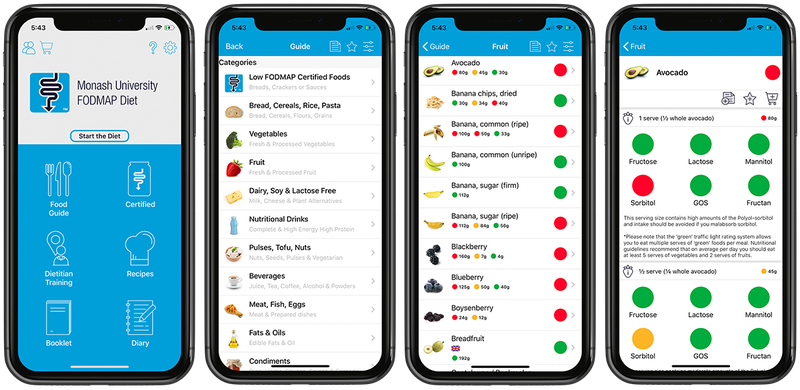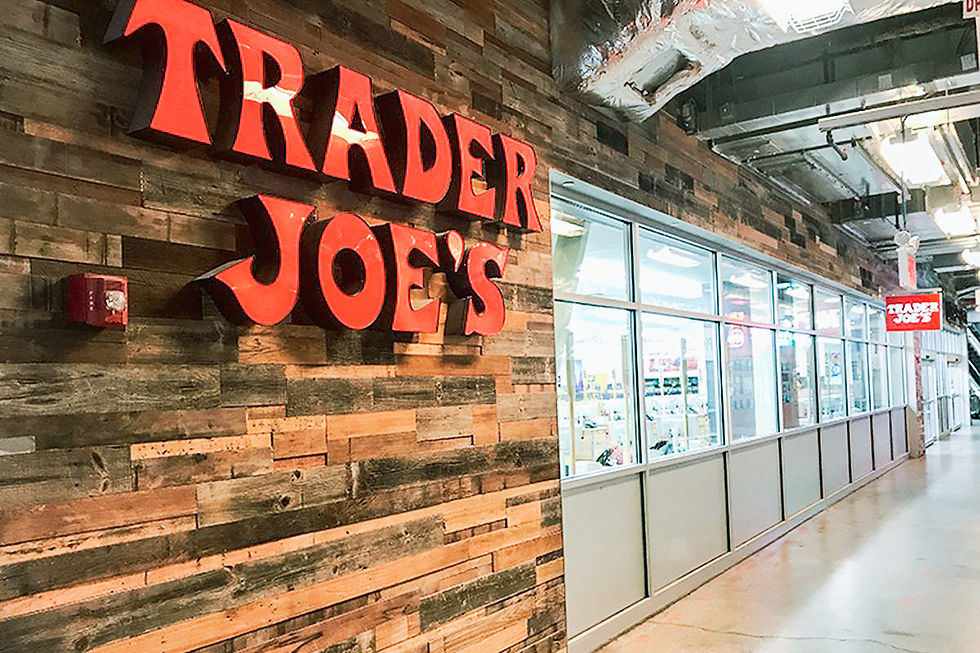How To Start Eating Low FODMAP: Starter Guide for Beginners
- Troubled Tummies

- Dec 27, 2019
- 3 min read
Updated: Jan 16, 2020
So you have decided to embark on the Low FODMAP Diet.
But, don't worry, there's no need to be intimidated!
This may be by choice, or at the request of your physician. Whatever your particular case may be, you are probably feeling a bit overwhelmed. You probably feel concerned you’ll never be able to enjoy eating again!
If you went to a doctor or nutritionist, they probably handed you a massive list of foods you cannot eat, and a much smaller list of foods that are acceptable. If you are choosing to follow the diet on your own, finding a list of approved foods can be inconsistent. Some lists allow certain foods, others do not.
How do you know what is really allowed and what isn’t?
Where do you start?
Download the apps: Monash University App & Sift Food Label App
Before you do anything, get these two apps.
1) Monash University App is not free, priced at $7.00, but I promise it is worth it. It is a life-saver. Monash University, a university in Australia, researched, investigated, and evaluated hundreds of foods for fod-maps. Their research was compiled in an easy-to-use app. It provides a red light, yellow light and green light analysis of food. Red-light means its high in FODMAPS, yellow means certain amounts of tolerated, and red means this food is not allowed. The app also has a search option. If you don’t know if a food is high in fod-maps you simply search it, and it gives the exact amount you can or cannot eat. It’s a really helpful tool, especially during the elimination phase of the diet.

2) Sift is free to download, however costs $2.99/month or $12.99/year for the Low FODMAP option. This app allows you to scan the barcode on a food item and tells you if it is in compliance with Low FODMAP. Sift is not as comprehensive as the Monash University app, but it does provide a quick and stress-free way to grocery shop.

Get comfortable reading nutritional labels
There are so many fod-map triggers hidden in everyday foods, especially in pre-packaged foods such as frozen dinners, chips, nuts, and canned items. For example, soup broth. You may think basic chicken soup broth is one of the easiest to digest substances on earth-- think again. Most broths contain added onion and garlic- both high FODMAP foods. Make it a habit to carefully read the nutritional label of your food.
Accept not eating out
At least for the elimination phase of the diet, try to avoid eating out. Similarily to hidden FODMAPS in pre-packaged items, you risk the same danger at restaurants. Because onion and garlic are commonly used for flavoring, these ingredients may not even be listed on the menu. To strictly follow the guidelines of the diet, limit going out to eat.
Don’t be afraid to ask questions
This next tip is often the most difficult. You have to learn to speak up and get comfortable asking what is in your food. Ask your waiter, ask your friends, ask anyone who serves you food. Most restaurants have a menu or file in which they carefully detail all the ingredients in their recipes. You just have to ask. It doesn’t have to be an embarrassing experience! It is better to ask, than to risk triggering a reaction.
Starting the Low FODMAP diet doesn’t need to be intimidating! Follow these tips to help you get started on your FODMAP journey.
Do you have any additional beginner’s tips? Feel free to comment them below.




Comments